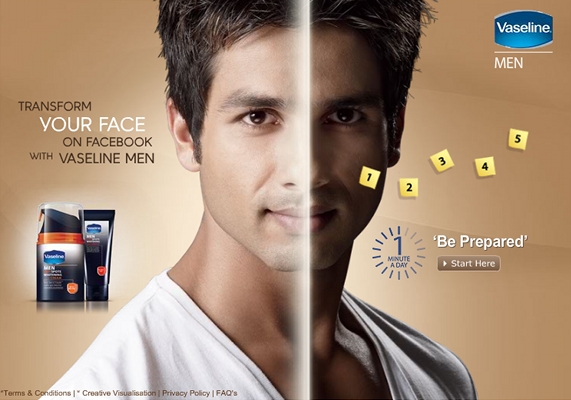 Many hope that Misty Copeland is ushering in a new era for ballet. She is the first female African American ballet dancer to have the role of Principal Dancer at the American Ballet Theatre. She has literally changed the face of the dance.
Many hope that Misty Copeland is ushering in a new era for ballet. She is the first female African American ballet dancer to have the role of Principal Dancer at the American Ballet Theatre. She has literally changed the face of the dance.
Race is a central and important part of her story, but in A Ballerina’s Tale, the documentary featuring her career, she describes herself as defying not just one, but three ideas about what ballerinas are supposed to look like: “I’m black,” she says, and also: “I have a large chest, I’m muscular.”
In fact, asked to envision a prima ballerina, writes commentator Shane Jewel, what comes to most of our minds is probably a “perilously thin, desperately beautiful, gracefully elongated girl who is… pale as the driven snow.” White, yes, but also flat-chested and without obvious muscularity.
It feels like a timeless archetype — at least as timeless as ballet itself, which dates back to the 15th century — but it’s not. In fact, the idea that ballerinas should be painfully thin is a new development, absorbing only a fraction of ballet’s history, as can clearly be seen in this historical slideshow.
It started in the 1960s — barely more than 50 years ago — in response to the preferences of the influential choreographer George Balanchine. Elizabeth Kiem, the author of Dancer, Daughter, Traitor, Spy, calls him “the most influential figure in 20th century dance,” ballet and beyond. He co-founded the first major ballet school in America, made dozens of dancers famous, and choreographed more than 400 performances. And he liked his ballerinas wispy: “Tall and slender,” Kiem writes, “to the point of alarm.” It is called, amongst those in that world, the “Balanchine body.”
We’re right to view Copeland’s rise with awe, gratitude, and hope, but it’s also interesting to note that two of the the ceilings she’s breaking (by being a ballerina with breasts and muscles) have only recently been installed. It reminds me how quickly a newly introduced expectation can feel timeless; how strongly it can ossify into something that seems inevitable; how easily we accept that what we see in front of us is universal.
In The Social Construction of Reality, the sociologists Peter Berger and Thomas Luckmann explain how rapidly social inventions “harden” and “thicken.” Whoever initiates can see it for what it is — something they created — but to whoever comes next it simply seems like reality. What to Balanchine was “I will do it this way” became to his successors “This is how things are done.” And “a world so regarded,” Berger and Luckmann write, “attains a firmness in consciousness; it becomes real in an ever more massive way, and it can no longer be changed so readily.”
Exactly because the social construction of reality can be so real, even though it was merely invented, Copeland’s three glass ceilings are all equally impressive, even if only one is truly historic.
Lisa Wade, PhD is an Associate Professor at Tulane University. She is the author of American Hookup, a book about college sexual culture; a textbook about gender; and a forthcoming introductory text: Terrible Magnificent Sociology. You can follow her on Twitter and Instagram.







